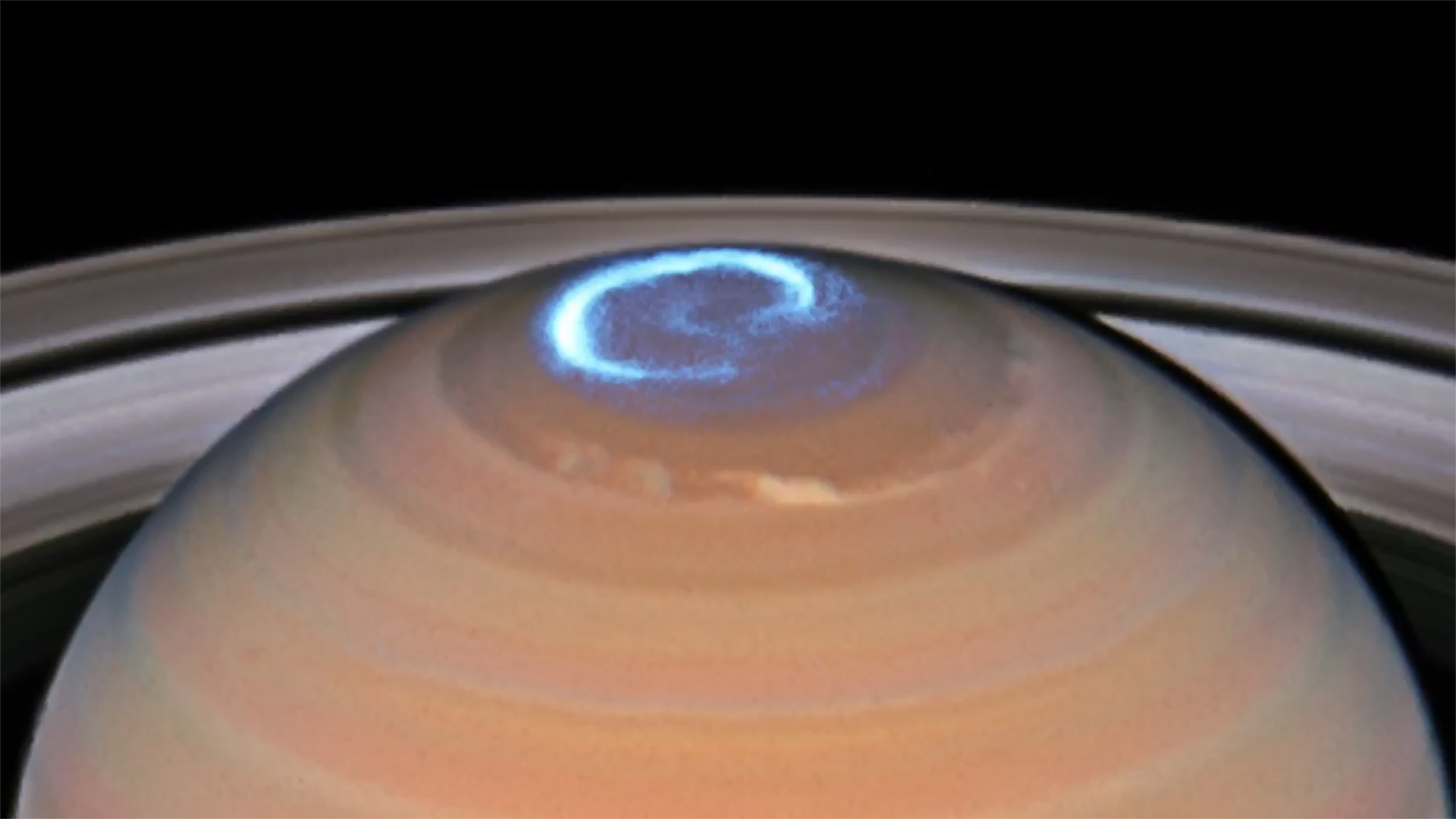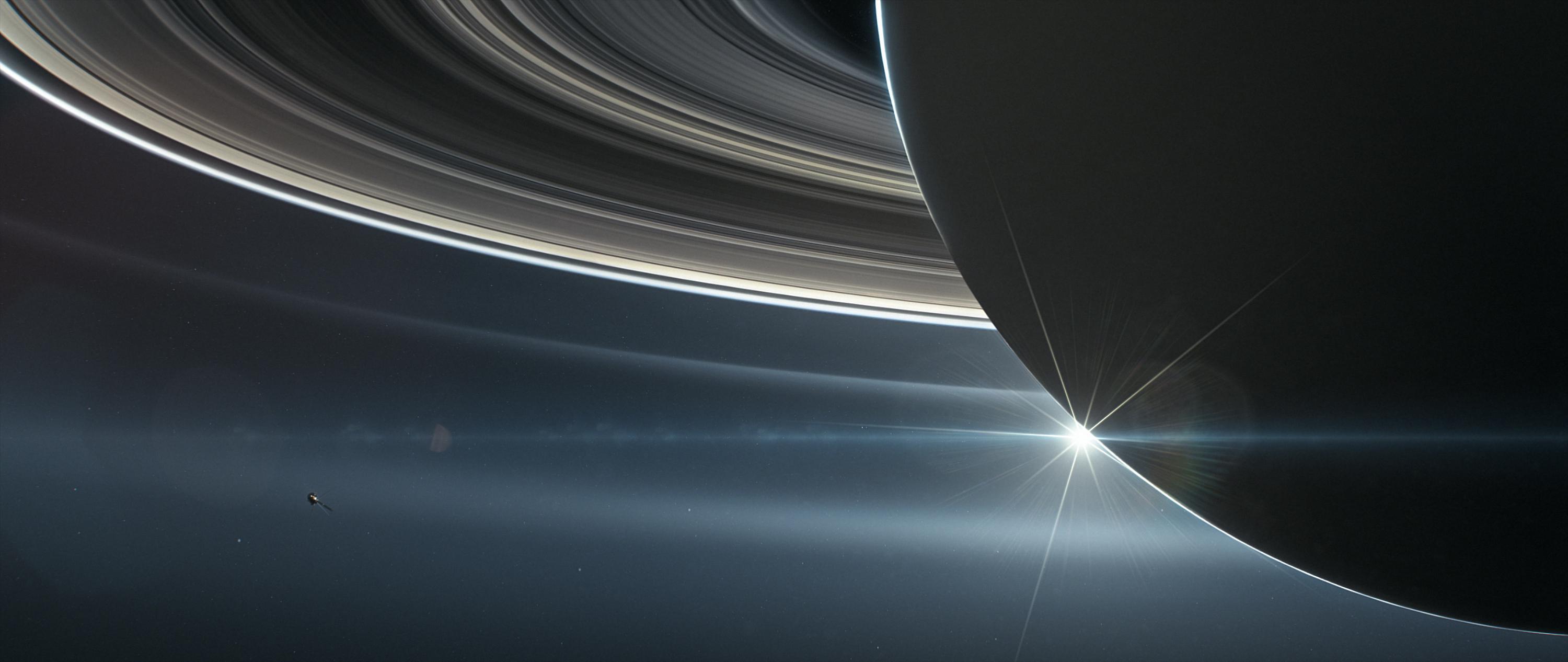

The imaging process is part of a larger effort to study Saturn's rings and to search for moons around Mercury, approximately 1.3 billion kilometres away. On Friday, Saturn will be perfectly placed between the Sun and Cassini, allowing for a back-lit, natural-colour image. ET.Ĭassini has been orbiting Saturn since 2004, studying the planet's atmosphere, rings and moons and has snapped more than 210,000 photos, but it typically can't shoot images facing toward Earth because that means exposure to the sun's blinding rays.

The space agency is engaged in a social media campaign called Wave at Saturn, urging people to send in photos of themselves greeting the planet during the 15-minute Cassini photoshoot, which runs from 5:27 to 5:42 p.m. But since it includes Canada and the U.S., NASA is encouraging North Americans to wave hello to Saturn. Saturn's year is nearly 30 Earth years long, and during its long time there, Cassini has observed winter and spring in the north, and summer and fall in the south. Given the distance - 1.44 billion kilometres or nearly 10 times the distance from Earth to the Sun - Earth will be just 1.5 pixels wide and the illuminated section will be even smaller. Lunar and Planetary Institute This view shows Saturn's northern hemisphere in 2016, as that part of the planet nears its northern hemisphere summer solstice in May 2017.

A simulation image shows where North America and part of the Atlantic Ocean are expected to be illuminated when NASA's Cassini spacecraft takes a snapshot of Earth on July 19, 2013.


 0 kommentar(er)
0 kommentar(er)
